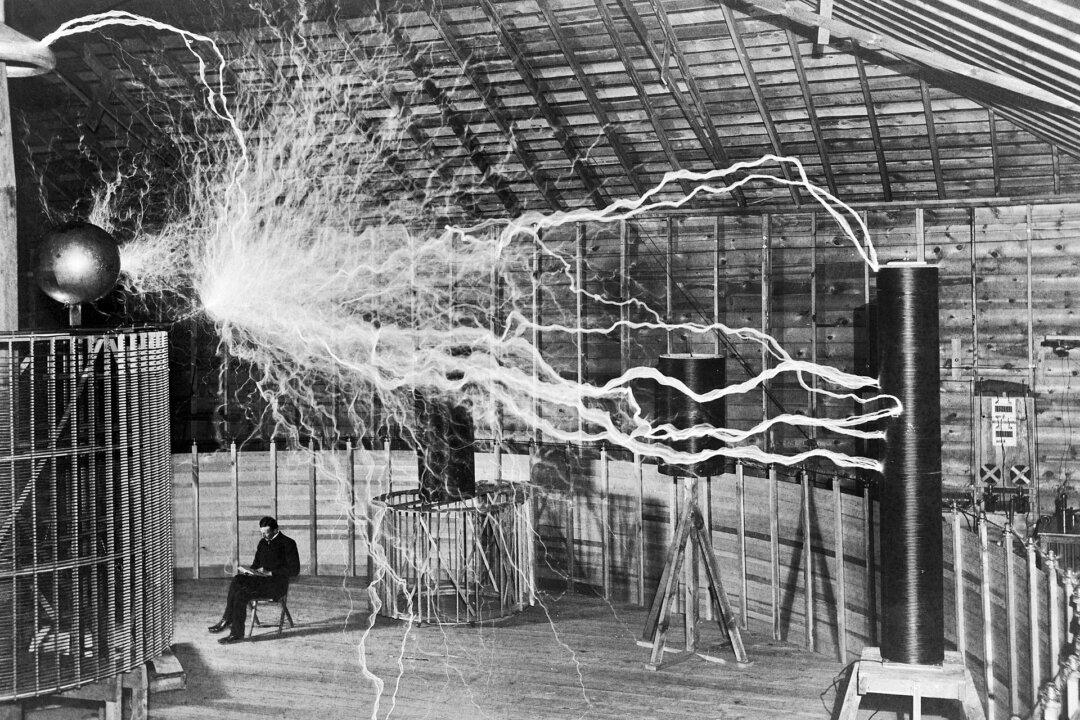He was born into poverty. He died penniless. Throughout Nikola Tesla’s life, he endured a number of severe illnesses. Yet he developed numerous technologies that brought people closer together and made the world a better place to live in.
An inventor’s endeavor is essentially lifesaving. Whether he harnesses forces, improves devices, or provides new comforts and conveniences, he is adding to the safety of our existence. —Nikola Tesla (All quotations are from “My Inventions: The Autobiography of Nikola Tesla,” compiled and edited by Ben Johnston.)Born in a small village in the Balkans, Tesla dreamed often about improvements that would make life better and easier for all. He wanted “to harness the energies of nature to the service of man.” He believed it could only happen in “the Land of Golden Promise”—America—where dreams can come true.
Nikola Tesla was an engineer, physicist, inventor, visionary, and futurist best known for his contributions to the design of the modern alternating current (AC) electricity supply system. But there was much, much more.

